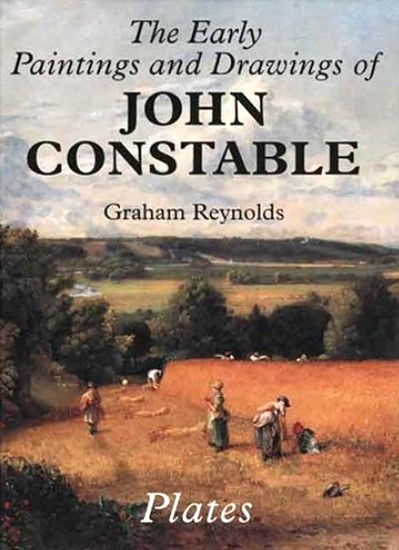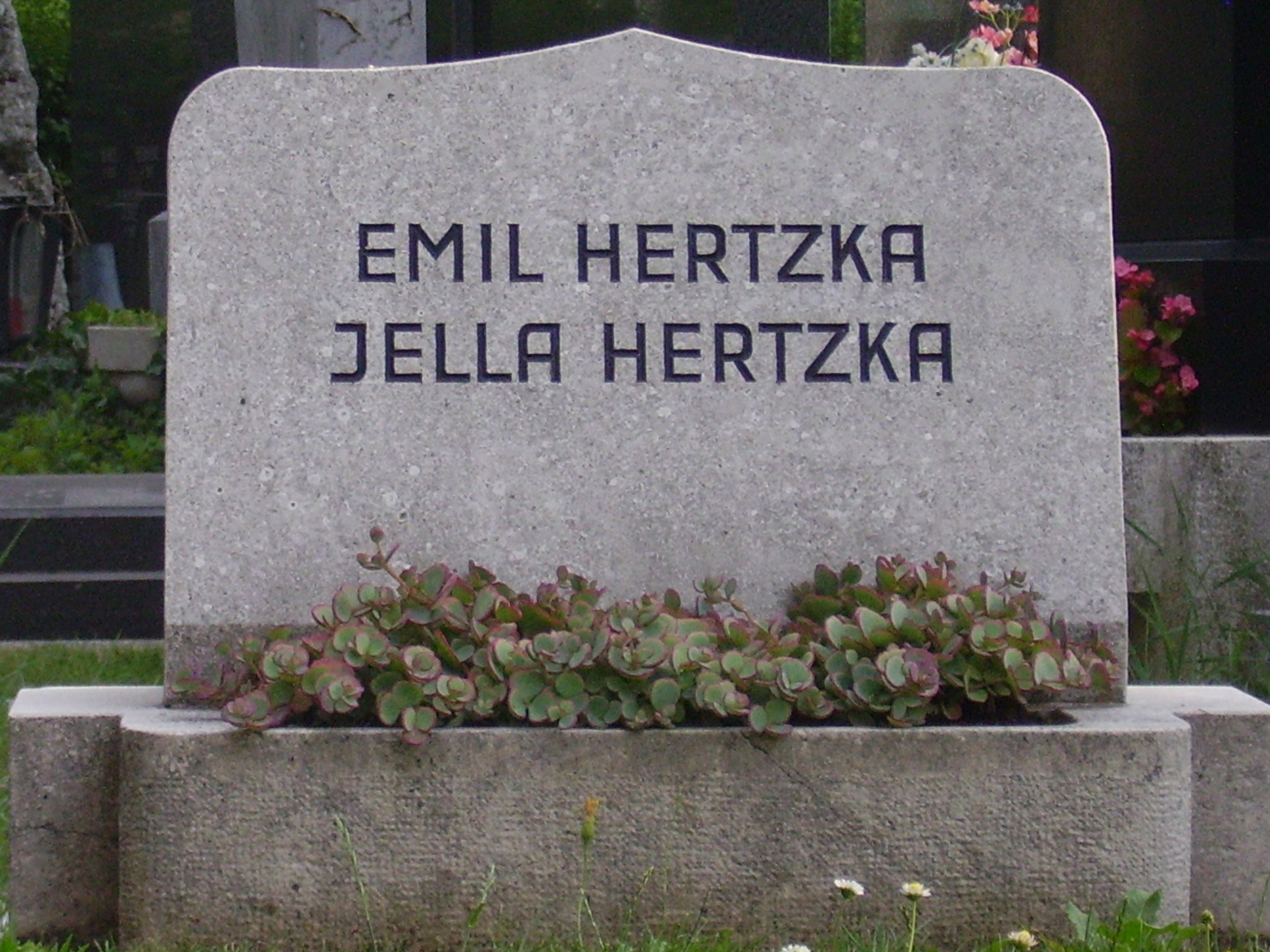|
Eduard Veith
Eduard Veith (30 March 1858, Neutitschein – 18 March 1925, Vienna) was an Austrian portrait painter and stage designer. Many of his works were influenced by Symbolism. Biography He was born to the decorative painter, Julius Veith (1820–1887), and his wife Susanna, née Schleif (1827–1883). At first, he received training to follow in his father's profession. Later, he went to Vienna, where he took classes at the Museum of Applied Arts from Professor Ferdinand Laufberger. He capped off his studies by creating sgraffito for exhibition buildings at the Exposition Universelle in Paris.Biography of Veith @ the Galerie Osobností He then returned home, where he assisted his father with painting churches, synagogues and other ceremonial buildings.This was followed by several study trips; to Italy, Belgium and |
Ringstraße
The Vienna Ring Road (german: Ringstraße, lit. ''ring road'') is a 5.3 km (3.3 mi) circular grand boulevard that serves as a ring road around the historic Innere Stadt (Inner Town) district of Vienna, Austria. The road is located on sites where medieval city fortifications once stood, including high walls and the broad open field ramparts (glacis), criss-crossed by paths that lay before them. It was constructed after the dismantling of the city walls in the mid-19th century. From the 1860s to 1890s, many large public buildings were erected along the in an eclectic historicist style, sometimes called ' ("Ring Road style"), using elements of Classical, Gothic, Renaissance, and Baroque architecture. Because of its architectural beauty and history, the Vienna has been called the " Lord of the Ring Roads" and is designated by UNESCO as part of Vienna's World Heritage Site. History This grand boulevard was built to replace the city walls, which had been built during the 13th c ... [...More Info...] [...Related Items...] OR: [Wikipedia] [Google] [Baidu] |
Academic Staff Of The University Of Applied Arts Vienna
An academy (Attic Greek: Ἀκαδήμεια; Koine Greek Ἀκαδημία) is an institution of secondary education, secondary or tertiary education, tertiary higher education, higher learning (and generally also research or honorary membership). The name traces back to Plato's school of philosophy, founded approximately 385 BC at Akademia, a sanctuary of Athena, the goddess of wisdom and Skills, skill, north of Ancient Athens, Athens, Greece. Etymology The word comes from the ''Academy'' in ancient Greece, which derives from the Athenian hero, ''Akademos''. Outside the city walls of Athens, the Gymnasium (ancient Greece), gymnasium was made famous by Plato as a center of learning. The sacred space, dedicated to the goddess of wisdom, Athena, had formerly been an olive Grove (nature), grove, hence the expression "the groves of Academe". In these gardens, the philosopher Plato conversed with followers. Plato developed his sessions into a method of teaching philosophy and in 3 ... [...More Info...] [...Related Items...] OR: [Wikipedia] [Google] [Baidu] |
Decorative Arts
] The decorative arts are arts or crafts whose object is the design and manufacture of objects that are both beautiful and functional. It includes most of the arts making objects for the interiors of buildings, and interior design, but not usually architecture. Ceramic art, metalwork, furniture, jewellery, fashion, various forms of the textile arts and glassware are major groupings. Applied arts largely overlaps with decorative arts, and the modern making of applied art is usually called design. The decorative arts are often categorized in distinction to the " fine arts", namely painting, drawing, photography, and large-scale sculpture, which generally produce objects solely for their aesthetic quality and capacity to stimulate the intellect. Distinction from the fine arts The distinction between the decorative and fine arts essentially arose from the post-Renaissance art of the West, where the distinction is for the most part meaningful. This distinction is much less me ... [...More Info...] [...Related Items...] OR: [Wikipedia] [Google] [Baidu] |
Set Designers
Set, The Set, SET or SETS may refer to: Science, technology, and mathematics Mathematics *Set (mathematics), a collection of elements *Category of sets, the category whose objects and morphisms are sets and total functions, respectively Electronics and computing *Set (abstract data type), a data type in computer science that is a collection of unique values ** Set (C++), a set implementation in the C++ Standard Library * Set (command), a command for setting values of environment variables in Unix and Microsoft operating-systems * Secure Electronic Transaction, a standard protocol for securing credit card transactions over insecure networks * Single-electron transistor, a device to amplify currents in nanoelectronics * Single-ended triode, a type of electronic amplifier * Set!, a programming syntax in the scheme programming language Biology and psychology * Set (psychology), a set of expectations which shapes perception or thought *Set or sett, a badger's den *Set, a small tuber ... [...More Info...] [...Related Items...] OR: [Wikipedia] [Google] [Baidu] |
Austrian Painters
This is a list of notable painters from, or associated with, Austria. A * Josef Abel (1768–1818) * Fritz Aigner (1930–2005) * Joseph Matthäus Aigner (1818–1886) * Tivadar Alconiere (1797–1865) * Oz Almog (born 1956) * Franz Alt (1821–1914) * Rudolf von Alt (1812–1905) * Anton Altmann (1808–1871) * Friedrich von Amerling (1803–1887) * Heinz Anger (born 1941) * Christian Attersee (born 1940) * Josef Maria Auchentaller (1865–1949) B * Alfred Basel (1876–1920) * Herbert Bayer (1900–1985) * Franz von Bayros (1866–1924) * Tommaso Benedetti (1797–1863) * Julius Victor Berger (1850–1902) * Joseph Bergler (1753–1829) * Joseph Binder (1798–1864) * Eduard Bitterlich (1833–1872) * Karl von Blaas (1815–1894) * Tina Blau (1845–1916) * Otto Böhler (1847–1913) * Friedrich August Brand (1735–1806) * Antonietta Brandeis (1849–1910) * Arik Brauer (1929–2021) * Günter Brus (born 1938) C * Hans Canon (1829–1885) * Franz Cauc ... [...More Info...] [...Related Items...] OR: [Wikipedia] [Google] [Baidu] |
1925 Deaths
Nineteen or 19 may refer to: * 19 (number), the natural number following 18 and preceding 20 * one of the years 19 BC, AD 19, 1919, 2019 Films * ''19'' (film), a 2001 Japanese film * ''Nineteen'' (film), a 1987 science fiction film Music * 19 (band), a Japanese pop music duo Albums * ''19'' (Adele album), 2008 * ''19'', a 2003 album by Alsou * ''19'', a 2006 album by Evan Yo * ''19'', a 2018 album by MHD * ''19'', one half of the double album ''63/19'' by Kool A.D. * '' Number Nineteen'', a 1971 album by American jazz pianist Mal Waldron * ''XIX'' (EP), a 2019 EP by 1the9 Songs * "19" (song), a 1985 song by British musician Paul Hardcastle. * "Nineteen", a song by Bad4Good from the 1992 album ''Refugee'' * "Nineteen", a song by Karma to Burn from the 2001 album ''Almost Heathen''. * "Nineteen" (song), a 2007 song by American singer Billy Ray Cyrus. * "Nineteen", a song by Tegan and Sara from the 2007 album '' The Con''. * "XIX" (song), a 2014 song by Sl ... [...More Info...] [...Related Items...] OR: [Wikipedia] [Google] [Baidu] |
1858 Births
Events January–March * January – ** Benito Juárez (1806–1872) becomes Liberal President of Mexico. At the same time, conservatives install Félix María Zuloaga (1813–1898) as president. ** William I of Prussia becomes regent for his brother, Frederick William IV, who had suffered a stroke. * January 9 ** British forces finally defeat Rajab Ali Khan of Chittagong ** Anson Jones, the last president of the Republic of Texas, commits suicide. * January 14 – Orsini affair: Felice Orsini and his accomplices fail to assassinate Napoleon III in Paris, but their bombs kill eight and wound 142 people. Because of the involvement of French émigrés living in Britain, there is a brief anti-British feeling in France, but the emperor refuses to support it. * January 25 – The '' Wedding March'' by Felix Mendelssohn becomes a popular wedding recessional, after it is played on this day at the marriage of Queen Victoria's daughter Victoria, Princess Roy ... [...More Info...] [...Related Items...] OR: [Wikipedia] [Google] [Baidu] |
Catalogue Raisonné
A ''catalogue raisonné'' (or critical catalogue) is a comprehensive, annotated listing of all the known artworks by an artist either in a particular medium or all media. The works are described in such a way that they may be reliably identified by third parties, and such listings play an important role in authentification. Etymology The term ''catalogue raisonné'' is French, meaning "reasoned catalogue"Catalogue raisonné , ''Online Merriam-Webster Dictionary''. (i.e. containing arguments for the information given, such as attributions), but is part of the of the English-speaking art world. The spelling is never Americanized to "catalog", even ... [...More Info...] [...Related Items...] OR: [Wikipedia] [Google] [Baidu] |
Döbling Cemetery
The Döbling Cemetery (Döblinger Friedhof) is a cemetery in the 19th district of Döbling in Vienna, Austria. Location The cemetery lies in the south of Döbling on the border to Währing in the Katastralgemeinde of Oberdöbling, in the Hartäckerstraße. The cemetery's limits are defined in the south by the Peter-Jordan-Straße, in the west by the Borkowskigasse and in the north by the Hartäckergasse. It thus covers an area of 49,981 m2 and provides space for 6853 plots. History Older cemeteries in Döbling Traditionally, Unterdöbling’s dead were buried at the Heiligenstadt cemetery, while those from Oberdöbling were buried around the Döbling Parish Church. The latter was expanded in 1781; records exist of its use until 1783. When the church was torn down and rebuilt in 1826, the graveyard was presumably abandoned. A new cemetery was founded to replace the graveyard in the course of the elevation of Döbling to an independent parish. This new cemetery was designed ... [...More Info...] [...Related Items...] OR: [Wikipedia] [Google] [Baidu] |
Austro-Hungarian Empire
Austria-Hungary, often referred to as the Austro-Hungarian Empire,, the Dual Monarchy, or Austria, was a constitutional monarchy and great power in Central Europe between 1867 and 1918. It was formed with the Austro-Hungarian Compromise of 1867 in the aftermath of the Austro-Prussian War and was dissolved shortly after its defeat in the First World War. Austria-Hungary was ruled by the House of Habsburg and constituted the last phase in the constitutional evolution of the Habsburg monarchy. It was a multinational state and one of Europe's major powers at the time. Austria-Hungary was geographically the second-largest country in Europe after the Russian Empire, at and the third-most populous (after Russia and the German Empire). The Empire built up the fourth-largest machine building industry in the world, after the United States, Germany and the United Kingdom. Austria-Hungary also became the world's third-largest manufacturer and exporter of electric home appliances ... [...More Info...] [...Related Items...] OR: [Wikipedia] [Google] [Baidu] |
Fellner & Helmer
Fellner & Helmer was an architecture studio founded in 1873 by Austrian architects Ferdinand Fellner and Hermann Helmer. They designed over 200 buildings (mainly opera houses and apartment buildings) across Europe in the late 19th century and early 20th century, which helped bind the Austro-Hungarian Empire together and cement Vienna as its cultural center. While most of the work stood in the former Austro-Hungarian Empire, others can be found from Switzerland to present-day Ukraine. Frequent collaborators for integrated exterior and interior art work include Gustav Klimt, Hans Makart, Theodor Friedl, and other significant artists. Theatres by Ferdinand Fellner * 1871–72 Stadttheater, Vienna, Austria (destroyed by fire in 1884). With Ferdinand Fellner the Older. * 1871–75 National Theatre and Opera, Timișoara, Romania (rebuilt after destroyed by fires in 1880 and 1920, respectively). With Ferdinand Fellner the Older. Theatres by Fellner and Helmer Theatres designe ... [...More Info...] [...Related Items...] OR: [Wikipedia] [Google] [Baidu] |



.jpg)


